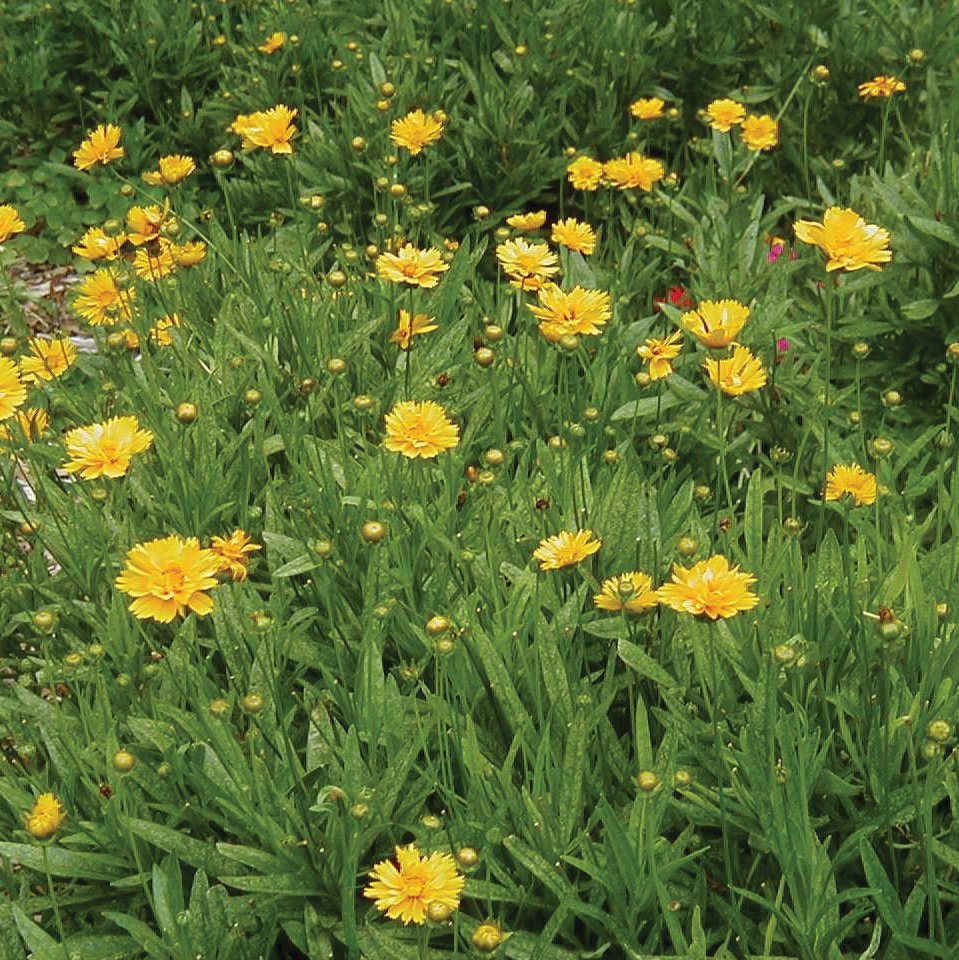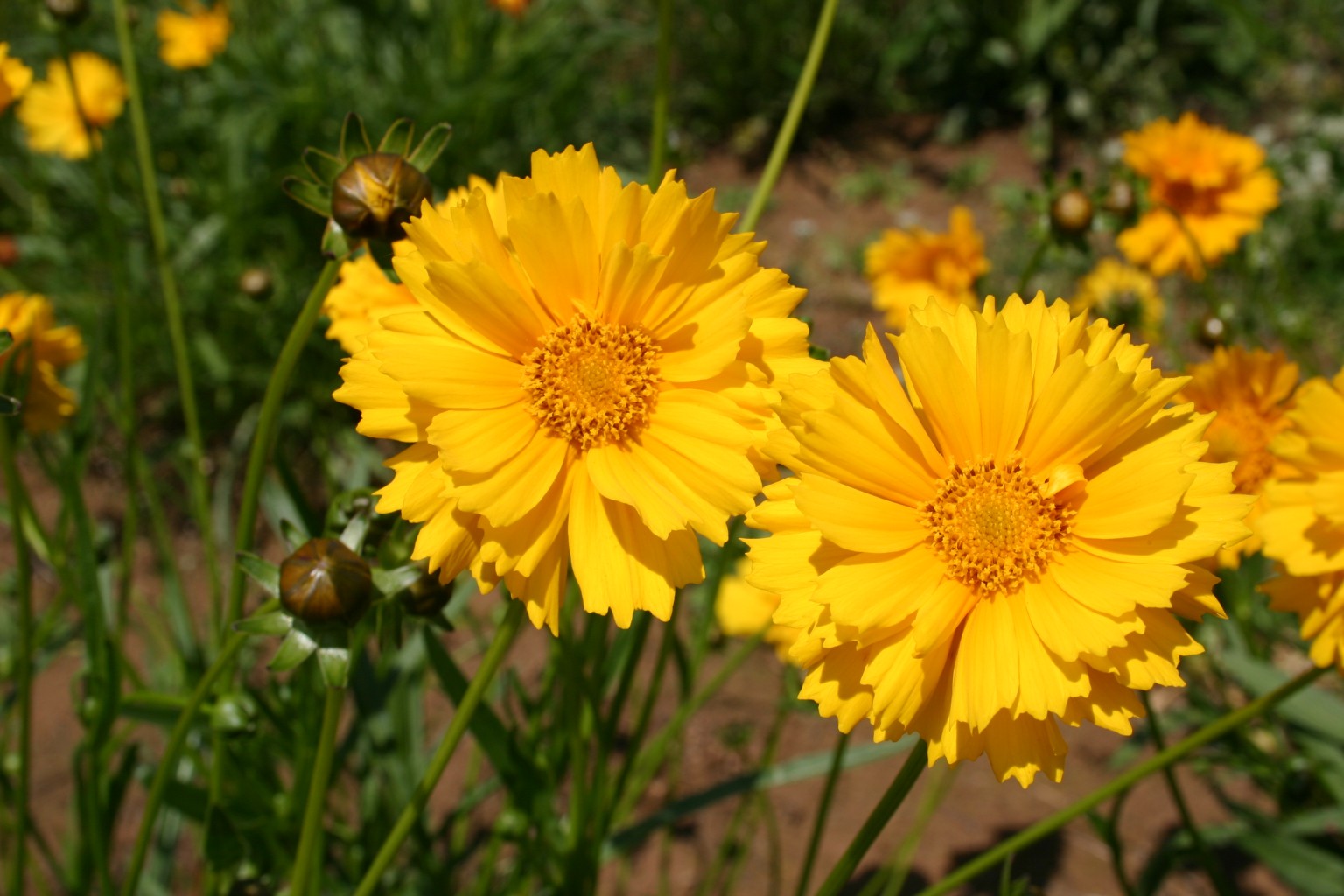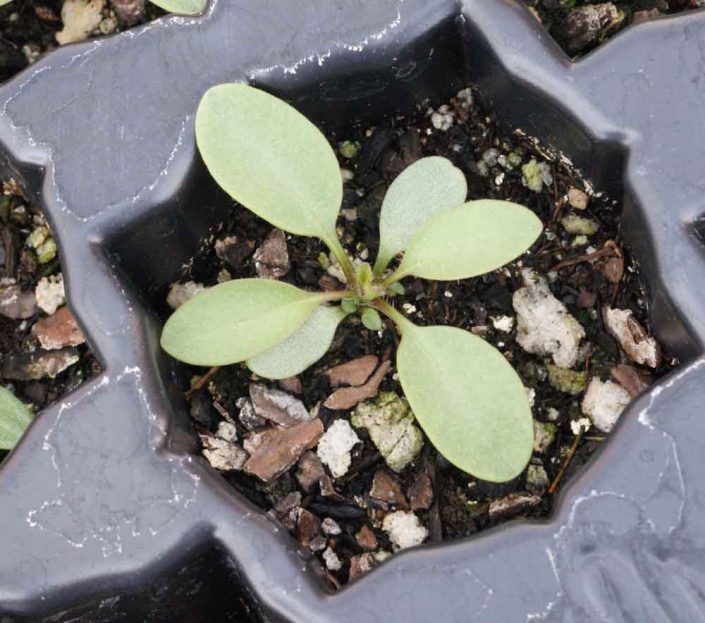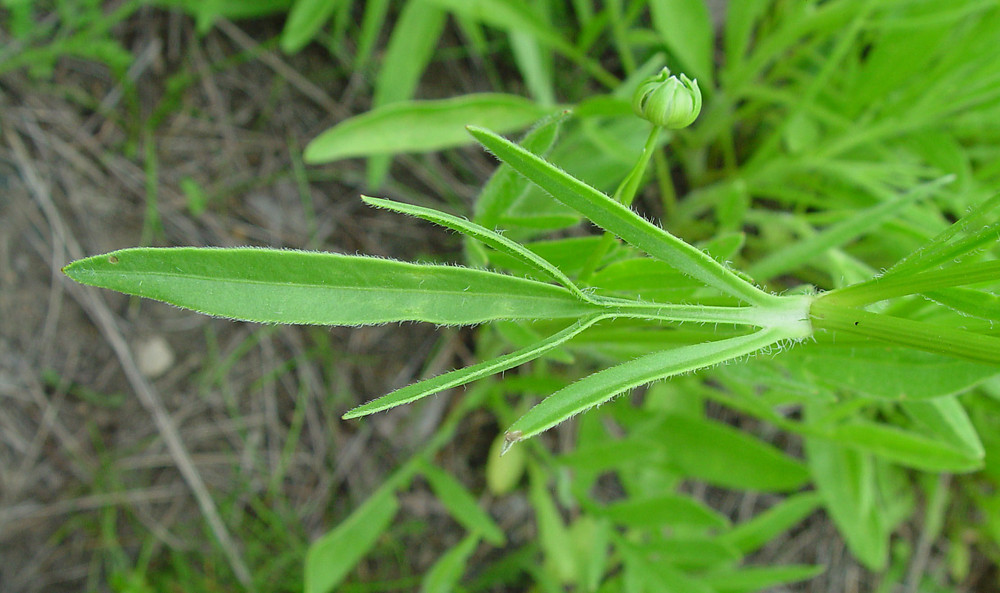
Coreopsis Lance Leaved Dwarf Oregon Wholesale Seed Company
Description Lanceleaf Coreopsis blooms for weeks on end, creating a fantastic early summer display of golden yellow flowers. Butterflies are regular visitors, and songbirds feed on the ripe seeds in late summer. This durable plant grows in any well-drained soil, and exalts in dry sandy soils.

Lance Leaved Coreopsis (Coreopsis lanceolata) Applewood Seed Co.
Lance-leaf coreopsis ( Coreopsis lanceolata) is native to most of the continental U.S. It is one of eight species of coreopsis native to Kentucky and is the species that is the most common. Other names for lance-leaf coreopsis include tickseed and sand coreopsis. The name tickseed comes from the fact that its dark brown seeds resemble ticks.

Wildflower and Texas native lanceleaf coreopsis is evergreen and
Lanceleaf coreopsis ( Coreopsis lanceolata) is a North American native that originated in the eastern and central part of the continent, however this is a tough little number that has naturalized just about everywhere.

LanceLeaf Coreopsis Seeds for Your Butterfly Garden
Native to North America, Coreopsis lanceolata (Lanceleaf Tickseed) is an upright herbaceous perennial boasting a profusion of daisy-like bright yellow flowers, up to 2 in. across (5 cm), adorned with flat yellow center disks. Blooming from late spring to midsummer, each blossom features 8 yellow rays, toothed at their tips.

Coreopsis, Lanceleaf AustinTexas.gov
Care Types Pruning Propagating Growing from Seed Growing in Pots Overwintering Pests and Diseases Blooming Common Issues FAQ Lanceleaf coreopsis, Coreopsis lanceolata, is a wildflower native to the southeastern United States that has become a popular garden plant in other parts of the country.

Coreopsis lanceolata (Dwarf LanceLeaved Coreopsis) Wildflower Seed
Lance-Leaf Coreopsis is a steady and colorful wildflower that is a long-time favorite of meadow gardeners. It's legendary for being hardy and very easy to grow, but equally known for for having as many names as a foreign spy. Among them: Lance Leaf Coreopsis, LanceLeaf Coreopsis, Lance Leaved Coreopsis, Lance-Leaved Coreopsis, and Tickseed.

Silver Falls Seed Company Coreopsis Lance Leaved
Coreopsis lanceolata, commonly known as lanceleaf coreopsis, [2] lanceleaf tickseed, [3] lance-leaved coreopsis, [4] or sand coreopsis, [5] is a North American species of tickseed in the family Asteraceae . Description Coreopsis lanceolata is a perennial plant sometimes attaining a height of over 60 cm (2 ft).

Silver Falls Seed Company Coreopsis Lance Leaved Dwarf
the leaf blade is oblanceolate (lance-shaped, but with the widest point above the middle of the leaf blade) the leaf blade is ovate (widest below the middle and broadly tapering at both ends) the leaf blade is spatulate (spoon-shaped; narrow near the base, then suddenly widening to a rounded tip) Leaf blade surface colors

Coreopsis, LanceLeaved (Coreopsis lanceolata) Applewood Seed Company
Instructions Plant seeds directly in container. Seed depth can be from soil surface up to 1/8 of an inch. This plant requires medium amounts of water. Use soil with good drainage. Use fertilizer as needed. When flowers are spent, make sure to prune them or "dead-head" them so that the plant can continue to bloom!

Lance Leaved Coreopsis (Coreopsis lanceolata) Applewood Seed Co.
Here's how to do it. Timing: The best time to sow Coreopsis lanceolata seeds is in the fall or early spring. The seeds need a period of cold stratification to germinate, so if you sow them in the fall, they will have time to go through the winter and germinate in the spring.

Coreopsis lanceolata (Lanceleaf Coreopsis)
Plants in the coreopsis species have a moderate growth rate and are best planted in the spring after all risk of frost has passed. This hardy plant's perennial varieties grow in USDA zones 2 through 8, dying back after frost and returning in the spring; in the coldest zones, add a few inches of mulch to protect its underground roots.

Lanceleaf Coreopsis Grow and Care Guide GrowIt BuildIT
Culture Easily grown in dry to medium moisture, well-drained soil in full sun. Thrives in poor, sandy or rocky soils with good drainage. Tolerant of heat, humidity and drought. Prompt deadheading of spent flower stalks encourages additional bloom and prevents any unwanted self-seeding.

Coreopsis Lanceleaf Tall Coreopsis Lanceolata Seeds
Propagation Sow seed in mid-late winter at 55° to 61°F, divide plants in early spring, or root basal cuttings in spring. Problems Slugs, snails, bacterial spot, rust, Botrytis flower blight, aster yellows, powdery mildew, downy mildew, and fungal spots. Genus : Coreopsis. Plant Width : 1 to 3 feet. Plant Height : 1 to 3 feet.

LanceLeaf Coreopsis Seeds for Your Butterfly Garden
Halfway through the summer, around June or July, cut ¼ to ½ of the entire plant to encourage a burst of new growth and blooms. Fall pruning Coreopsis lanceolata. Cut your Coreopsis lanceolata.

Coreopsis lanceolata (lanceleaved tickseed) Go Botany
Lance-leaf Coreopsis Seeds Packet $3.00 1 oz. $3.50 1 lb. $45.00 Potted Plants 3 Pack Out of Stock Notify Me Tray of 38 Out of Stock Notify Me Tray of 50 Out of Stock Notify Me Add To Cart About Range Map Q&A Planting Shipping Details Seeds/Packet 250 Seeds/Ounce 14,000 Germination Code C (30) Life Cycle Perennial Sun Exposure Full

Image result for coreopsis lanceolata seedlings Wildflower Garden
Description Lanceleaf coreopsis is a native wildflower in the Asteraceae (daisy) family that typically grows to 2' tall and occurs in prairies, glades, fields, and roadsides. The genus name comes from the Greek words koris meaning "bug" and opsis meaning "like" in reference to the shape of the seed which resembles a bug or tick.